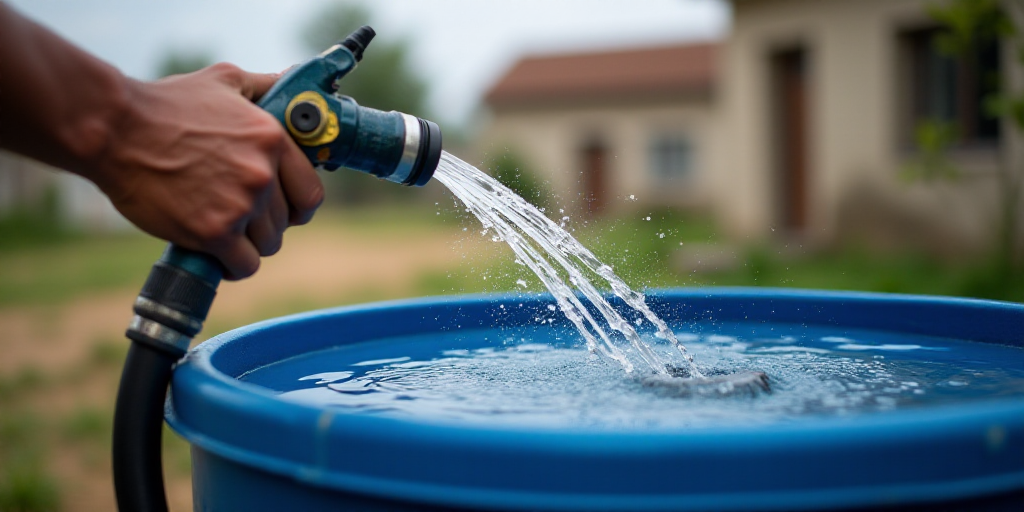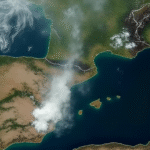Introduction
Mexico is facing a growing water scarcity issue, with 20 states experiencing a reduction in daily household water availability between 2022 and 2024, according to data from the National Household Income and Expenditure Survey (ENIGH) by the Mexican Statistical and Geography Institute (Inegi).
States with the Most Significant Decline
The State of Mexico has seen the most substantial decline, with daily water availability dropping from 51.7% in 2022 to 44.9% in 2024, affecting nearly 5 million households. Durango followed closely with a decrease from 86.3% to 80.4%, impacting over half a million households.
Puebla ranked third, with a decline from 31.6% to 26.9%, affecting around 1.75 million households. Baja California Sur and Zacatecas completed the top five, with declines from 25.6% to 20.9% and 41.7% to 37.1%, respectively.
Other states experiencing water shortages include Guanajuato, Aguascalientes, Chihuahua, Tamaulipas, Veracruz, Quintana Roo, San Luis Potosí, Ciudad de México, Yucatán, Sonora, Coahuila, Oaxaca, Sinaloa, Jalisco, and Nayarit.
National Average and Advancing States
Nationally, the average daily water availability in households dropped from 66.5% to 65.5%. However, 12 states have shown improvement:
- Nuevo León: Increased from 82% in 2022 to 96.2% in 2024.
- Campeche: Rose from 68.5% in 2022 to 79.5% in 2024.
- Hidalgo: Improved from 38.4% to 46.5%.
- Baja California: Increased from 94.6% to 95.4%.
- Colima: Rose from 86.5% to 87.1%.
- Chiapas: Improved from 37.5% to 41.2%.
- Guerrero: Increased from 22.7% to 26%.
- Michoacán: Improved from 47.6% to 51.7%.
- Morelos: Rose from 23.8% to 26.5%.
- Querétaro: Increased from 76.8% to 80.9%.
- Tabasco: Improved from 79.7% to 83.8%.
- Tlaxcala: Rose from 41.9% to 47.2%
Heat-Related Deaths
Between January and July 28, 2025, there have been 44 heat-related deaths in Mexico, significantly lower than the 234 reported by the same date in 2024. Sonora leads with 12 deaths, including 11 heatstroke cases and one dehydration case.
Veracruz, Chiapas, Tamaulipas, and Baja California follow with 8, 4, 4, and 3 deaths, respectively. These four states account for 70.5% of the heat-related fatalities reported by the federal health secretariat.
Health Impacts
The same downward trend is observed in health impacts, with 1,132 cases reported by the federal health secretariat up to epidemiological week 29 in 2025, compared to 3,251 cases during the same period in 2024.
Key Questions and Answers
- Q: Which states have experienced the most significant water shortage? A: The State of Mexico, Durango, Puebla, Baja California Sur, and Zacatecas have seen the most substantial decline in daily household water availability.
- Q: How many states have shown improvement in water availability? A: Twelve states, including Nuevo León, Campeche, Hidalgo, Baja California, Colima, Chiapas, Guerrero, Michoacán, Morelos, Querétaro, Tabasco, and Tlaxcala, have shown improvement.
- Q: How many heat-related deaths have been reported in 2025? A: There have been 44 heat-related deaths reported in Mexico between January and July 28, 2025.
- Q: How do the health impacts of water shortage compare between 2024 and 2025? A: There have been significantly fewer health impact cases reported in 2025 (1,132) compared to 2024 (3,251).






